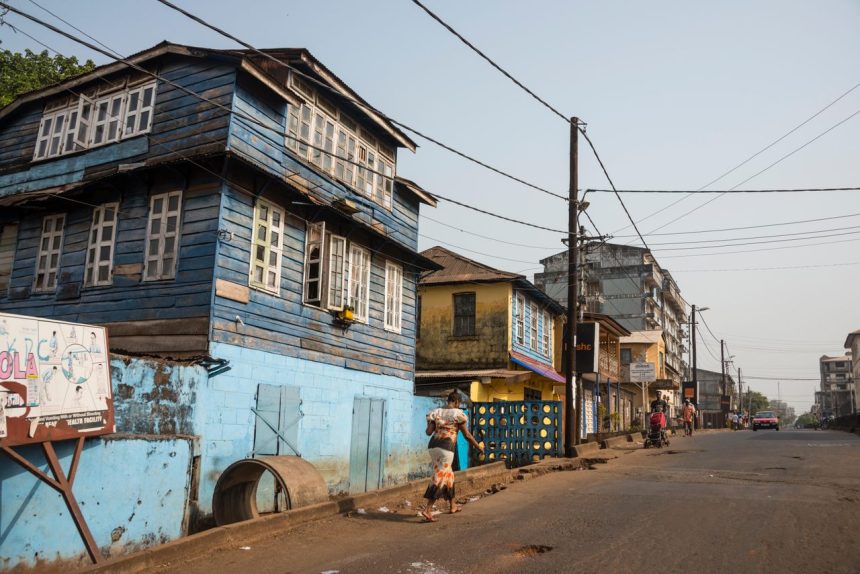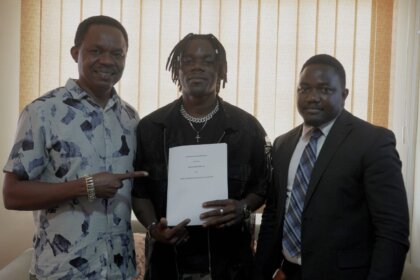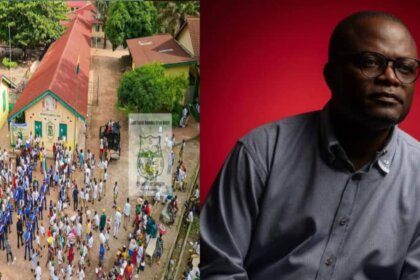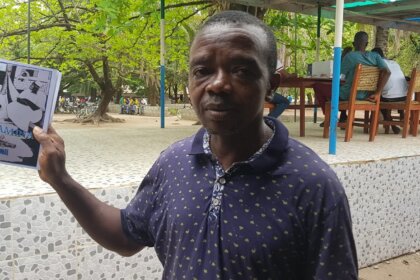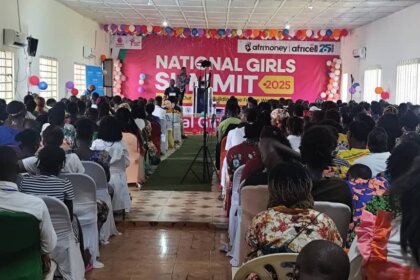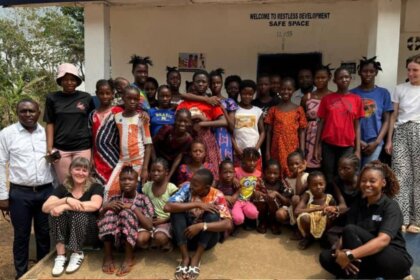Sierra Leone’s Krio homes in Freetown are a testament to the resilience and history of the Krio people. These homes, made of wooden and clapboard materials, were brought to the attention of Sierra Leonean Iyamide Thomas when she visited the United States as a child. She was struck by the similarity between the homes in Freetown and those in the US, leading her to realize the connection between her country’s architecture and its history.
The Krios are descendants of freed African-American, Afro-Caribbean, and liberated African slaves who returned to Sierra Leone after securing their freedom. They settled in and around Freetown, which was founded as a settlement for formerly enslaved people in 1792. Today, Krios make up a small percentage of Sierra Leone’s population, but their culture is closely related to that of the Southern Caribbean and US Creole people.
The Krio language, a mix of various influences including English, Portuguese, and French, is widely spoken in Sierra Leone. The Krio board houses, also known as “bod os,” are an important part of Freetown’s urban landscape. However, there are concerns about their preservation and upkeep.
These board houses are a physical legacy of the Krio people’s quest for freedom. Owning property, such as a Krio home, was a mark of freedom for them after enduring slavery and forced migration. For over 200 years, these houses withstood Sierra Leone’s tropical climate, but many were destroyed during the civil war in the 1990s or have been torn down to make way for modern structures.
While there are still a few thousand board houses remaining in Freetown and its surrounding villages, their condition varies. Some have been patched up with corrugated zinc sheets to cover rotted boards, while others have faded facades. Maintaining these wooden structures is challenging due to the scarcity and cost of timber in the country.
Despite the challenges, efforts are being made to preserve these homes for future generations. The Krio board houses are a symbol of the Krio people’s resilience and history, and it is important to protect and honor their legacy.


